Phlebotomy Technician Career Information
- Faster than average employment growth is expected as the volume of laboratory tests continues to increase with both population growth and the development of new types of tests.
- Job opportunities are expected to be excellent. Vacancies have increased significantly as many places need to hire for three shifts.
—American Medical Technologists
About the Profession
Phlebotomy Technician (phlebotomist) is an integral member of the medical laboratory team whose primary function is the collection of blood samples from patients by venipuncture or microtechniques. The phlebotomy technician facilitates the collection and transportation of laboratory specimens, and is often the patient’s only contact with the medical laboratory. The need to assure quality and patient safety mandates strict professional behavior and standards of practice for these practitioners.
The primary function of a phlebotomy technician is to obtain patient blood specimens by venipuncture or microtechniques. The phlebotomy technician aids in the collection and transportation of other laboratory specimens, and may be involved with patient data entry. A phlebotomy technician also draws blood for transfusions, donations and research.
Phlebotomy technicians must like challenge and responsibility. They must be accurate, work well under pressure, and communicate effectively. They must be able to deal with patients and be able to calm patients. Safety is key, and all safety precautions must be taken to prevent the transmission of infectious diseases.
Duties differ by doctor office, hospital and laboratory, but in general, phlebotomy technicians should be able to:
- Draw blood from patients or donors in hospitals, blood banks, clinics, doctor offices, laboratories or similar facility for medical purposes
- Assemble equipment (such as needles, blood collection devices, gauze, tourniquet, cotton, and alcohol)
- Verify or record identity of patient or donor
- Converse with patients to allay fear of procedure
- Apply tourniquet to arm, locates vein, swabs area with disinfectant, and insert needle into vein to draw blood into collection tube. (May also prick finger instead of inserting needle.)
- Label and store blood container for processing
- Conduct interview, take vital signs and test blood samples to screen donors at a blood bank.
- Analyze information and make appropriate recommendations
Working Conditions
Phlebotomy technicians deal with the public on a daily basis and must be neat and well groomed. Their working conditions are in well-lighted and very clean environments.
Search the Health Sciences Website
Phlebotomy Technician Updates
TEAS Testing Requirements for Health Sciences Applicants
A TEAS Exam score is required to apply to the following programs: Dental Hygiene, Occupational Therapy Assistant, Radiology, and Vocational Nursing.
If you are not applying to one of the programs above, then you are not required to take the TEAS Exam at this time. Please refer to the Application Process page for your program to see all application requirements.
Read moreOnline Application Submission Process
Due to public safety concerns, applications will not be accepted in person until further notice. Effective immediately, applicants for all Health Sciences programs except Associate Degree Nursing, Mobility Nursing, and RN-to-BSN should follow these instructions when submitting their application and supporting documents:
Read morePhlebotomy Technician Program Applications
To apply to the Phlebotomy Technician program, please upload your supporting documents to CastleBranch using code UL78im. To learn more, visit the Phlebotomy Technician Application Process page.
Read more

